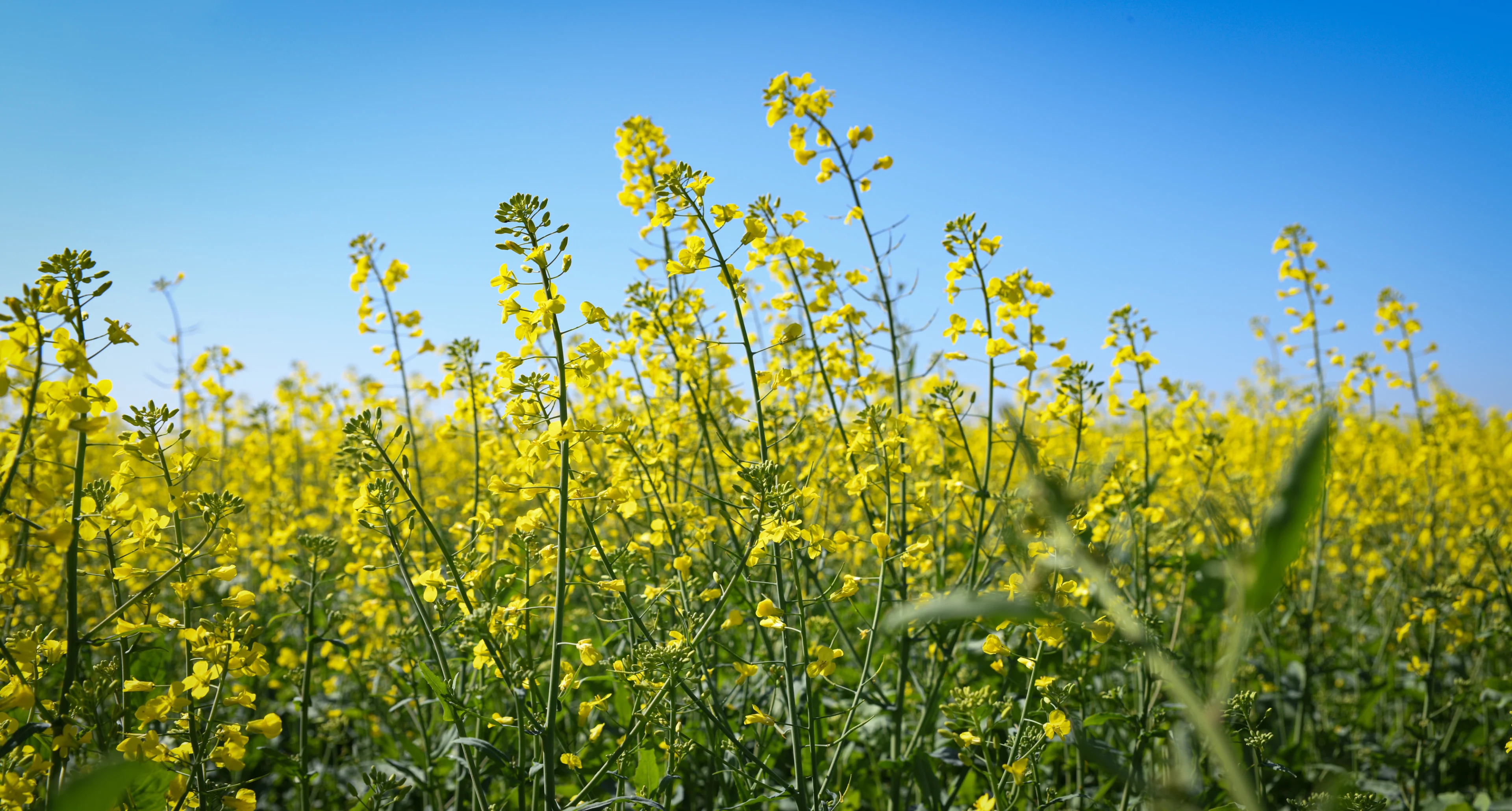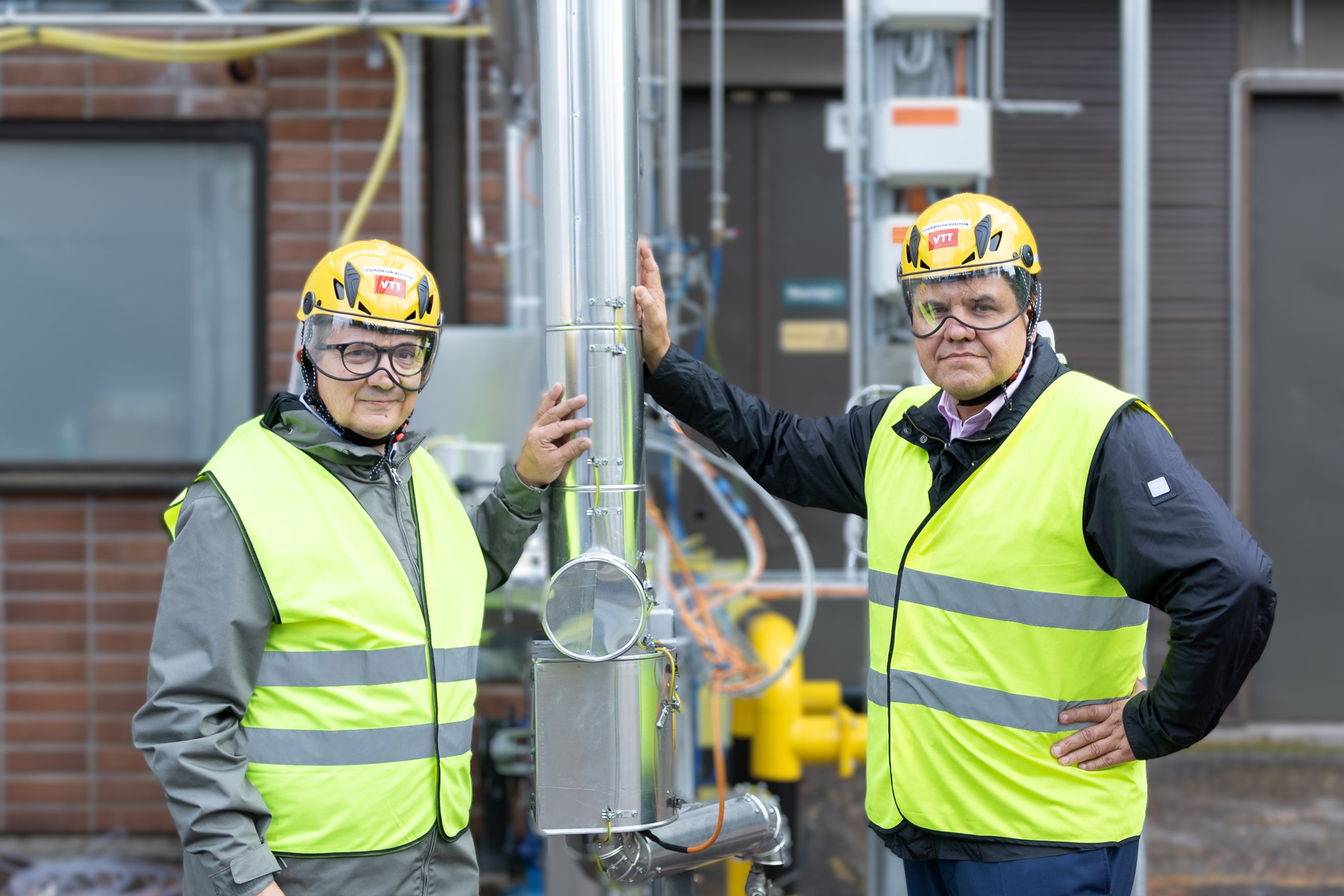
Innovation
4 minute read
Regenerative farming practices reduce the environmental impact of rice production in Spain
Working together with value chain partners Neste is developing sustainable regenerative agriculture concepts that can play a crucial role in generating novel vegetable oils that can help to meet the growing need for raw materials for renewable products, while also supporting production of food and feed.
Regenerative agriculture focuses on restoring soil health. These farming practices aim to trap carbon in healthier soils, promote biodiversity and reduce emissions from agriculture, while increasing farm productivity.
Writing ‘regenerative’ on a grain of rice
Andalucía, in Southern Spain, produces some of Europe’s best rice varieties, appreciated all over the world for their quality and unique flavour.
However, in recent years local rice farmers have faced several challenges including droughts and increased demand to lower the environmental impact of rice production.
Rice is planted in late spring in flooded fields and harvested late in the summer. Between planting and harvest, the soil was traditionally left fallow and flooded in spring to prevent it from drying up. However, this practice generates substantial methane emissions.
What if there were a solution to:
Avoid early flooding of the fields and the related methane emissions
Provide the soil with additional nutrients
Prevent incidence of pathogens that can impact the rice harvest
Provide farmers with additional revenue
AND produce substantial amounts of raw materials for the production of renewable products?
Introducing intermediate crops
In Andalucía’s rice-growing region, a team of experts together with Neste started a project that focuses on growing intermediate crops between the rice-growing seasons.
“In cooperation with local farmers as well as the local rice growers association, rapeseed and other species of Brassica were planted on several hundred hectares that were usually left fallow. This was the first time that these types of intermediate crops were planted in the local rice fields,” tells Sara Alonso, head of Novel Vegetable oils (NVO) at Neste.

“We produce rice as usual but between rice crops, we grow oil crops that can be used as raw material for renewable products. And what’s more, these intermediate crops do not require water nor pesticides,” explains Jaime Salazar from Novarroz, one of Europe's leading rice producers and exporters.
Improving soil health, promoting biodiversity and reducing emissions
During the pilot project in Andalucia, several sustainability aspects, such as soil health, nutrient levels and salinity were closely monitored and measured.
“Planting intermediate crops can have a positive impact on soil health.The deep root systems of the intermediate crops help keep the soil healthy, and the biomass that is not harvested provides additional nutrients for the rice planted after the intermediate crops are harvested,” describes Luis Alonso, Senior Consultant at "Bioalazor Inovaciones", the lead technical partner in the project.
“Certain types of intermediate crops also provide biofumigation, which helps prevent the growth of fungi that could impact the quality of the rice,” continues Luis Alonso.
Implementing regenerative agricultural practices can also positively impact local biodiversity. The flowers of the Brassica plants attract many insects, which in turn provide food for local bird species. Local beekeepers have even installed numerous hives between the fields to produce honey.
What’s more, the fact that the fields do not have to be flooded during spring avoids substantial amounts of methane emissions.
A 'win-win-win' scenario
Regenerative farming is a promising source of potentially large volumes of raw materials for renewable products. Neste is currently running over 60 regenerative agriculture projects globally, ranging from pilot projects to smaller field trials and sustainability case studies.
“In Andalucia, we support local farmers in adopting regenerative agriculture practices, and as a company, we have created a market for the oil from the intermediate crops, providing farmers with additional revenue and creating a new sustainable supply of raw materials,” explains Sara Alonso.
“The goal is to have both an environmental and economic impact. The results of the first year of trials exceeded all expectations. The yields of intermediate crops were robust, providing farmers with additional income,” explains Luis Alonso.
The pilot project in Andalucía is living proof that sustainable development can be a ‘win-win-win’ scenario, demonstrating that grains of rice can tip the scale towards a circular and renewable future.




